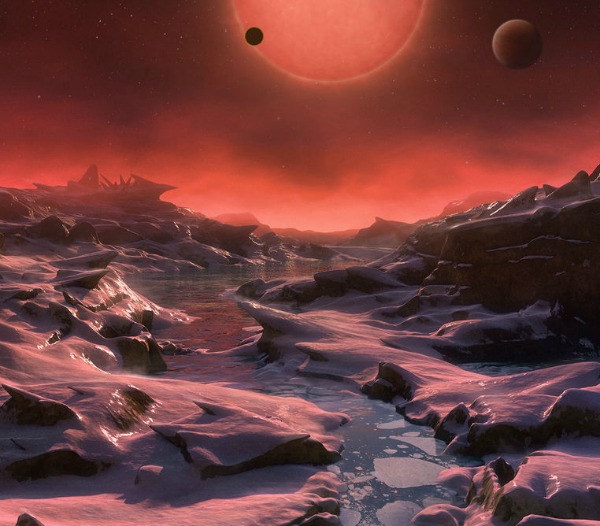An Australian university student has co-led the discovery of an Earth-sized, potentially habitable planet just 40 light years away.
Shishir Dholakia, a PhD candidate in astrophysics at the University of Southern Queensland, is part of an international team that published the discovery in the Monthly Notices of the Royal Astronomical Society. Dholakia described the “Eureka moment” of finding the planet, named Gliese 12b.
“We did the back-of-the-envelope calculations,” he said. “We worked out it’s probably Earth-sized, it’s probably temperate, and that it’s really, really nearby. In the span of a day we were like, ‘Oh, we have to write this up. This is something really cool.’”
Gliese 12b could have the right temperature for liquid water to exist on its surface, which is crucial for potential habitability. “In this great search for life that we’re undertaking, we want to try to find planets that are potentially habitable, and this could be a good contender,” Dholakia added.
The planet is similar in size to Earth or slightly smaller, like Venus, with an estimated surface temperature of 42°C. It has a 12-day orbit around Gliese 12, a cool red dwarf in the Pisces constellation. Gliese 12 is about a quarter the size of the sun and has approximately 60% of its surface temperature.
Dholakia co-led the team with Larissa Palethorpe, a PhD student from the University of Edinburgh, in collaboration with NASA to confirm the new planet. “It’s only 40 light years away. While we may not reach it anytime soon, we can point the largest space telescopes in the world at it to understand what its atmosphere might be like,” Dholakia explained.
Understanding the atmosphere of Gliese 12b could provide insights into our own solar system. “Earth and Venus are classic examples of how an atmosphere can change the surface of a planet. Earth supports life, while Venus is hot enough to melt lead due to its hostile atmosphere. This planet, receiving a similar amount of light as Earth and Venus, could help us understand why they turned out so differently,” Dholakia said.
Although the process was sometimes “intimidating,” Dholakia enjoyed the experience. NASA uses the Transiting Exoplanet Survey Satellite (TESS) to observe the brightness changes of tens of thousands of stars, capturing “transits” caused by orbiting planets. Earth-sized planets are easier to spot around red dwarfs because the smaller star’s dimming during a transit is more noticeable, and the orbiting planet’s gravitational influence is greater.
NASA has identified Gliese 12b as a promising candidate for further study using the James Webb Space Telescope.
Meanwhile, Michael Brown, a planetary astronomy professor at the California Institute of Technology, suggests there might be a new planet even closer to home. Brown believes the peculiar paths of objects around Neptune indicate the gravitational pull of another planet, referred to as Planet Nine. In a new, not yet peer-reviewed study, Brown and his team concluded there is a one-in-a-million chance that Planet Nine does not exist.











